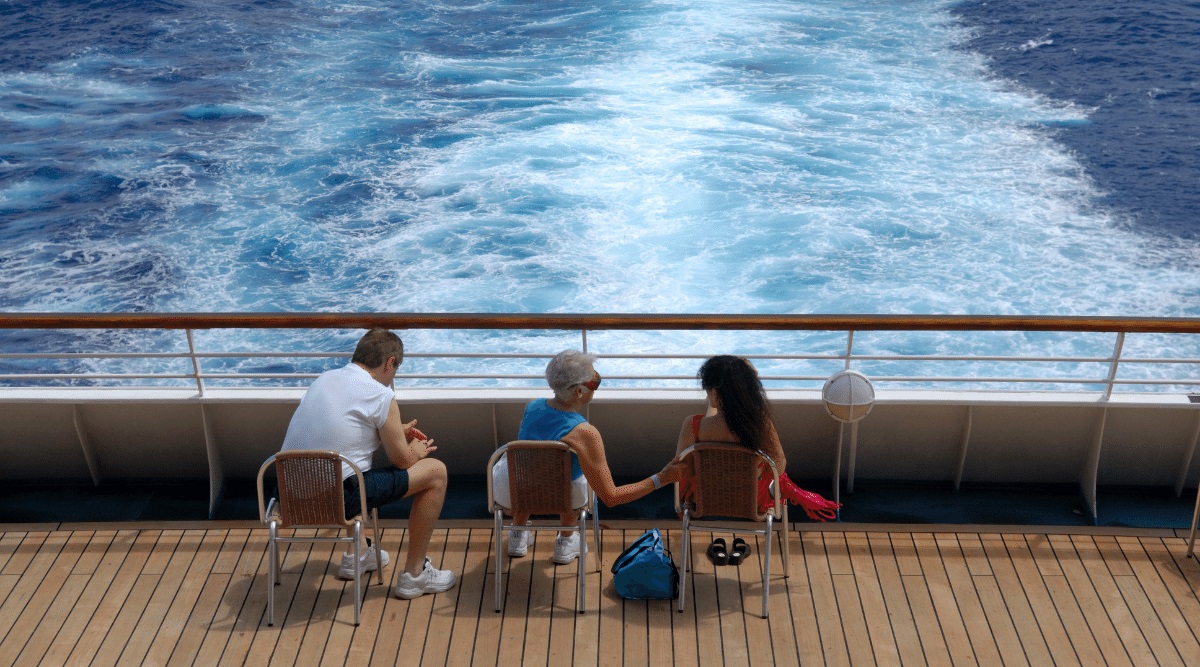Falling off a cruise ship, though often sensationalized in media, is actually a rare occurrence. Cruise ships carry thousands of passengers annually, navigating vast oceans and seas, yet reported overboard incidents number in the dozens worldwide each year. According to the Cruise Lines International Association (CLIA) and independent maritime safety organizations, the rate of passengers falling overboard is estimated at roughly 20 to 30 cases per year globally, which translates to an extremely low percentage compared to the millions who cruise annually. While the numbers may seem concerning at first glance, they reflect a tiny fraction of overall cruise travel. But how often do people fall off cruise ships? Let us have a look at that.
Common Causes Behind Overboard Incidents
Most incidents of passengers going overboard fall into a few main categories: accidental falls, intentional jumps, and in some cases, foul play. Accidental falls can occur due to wet decks, slippery railings, or reckless behavior such as climbing over barriers. Intoxication is a significant contributing factor, with many cases involving passengers under the influence of alcohol or drugs. Unfortunately, some incidents are suicides, where individuals intentionally jump overboard. Understanding these causes helps cruise lines and regulatory bodies target prevention efforts to improve passenger safety.
Safety Measures and Prevention Protocols
In response to overboard incidents, the cruise industry has implemented numerous safety protocols to reduce risks. Modern cruise ships are equipped with advanced safety features like higher railings, non-slip deck surfaces, and CCTV surveillance to monitor passenger areas. Many ships also employ man-overboard detection systems, which use sensors or cameras to alert the crew immediately if someone falls overboard, enabling rapid response. Additionally, cruise lines enforce strict policies regarding alcohol consumption and provide guest education about safe behavior onboard. These measures collectively work to minimize incidents and improve rescue chances.
Search and Rescue Operations at Sea
When a person falls overboard, time is critical. Cruise lines train their crews extensively in search and rescue procedures to locate and retrieve individuals as quickly as possible. Once alerted, the ship will initiate a “man-overboard” maneuver—turning back and deploying rescue boats or using helicopters when available. The surrounding maritime authorities, including the Coast Guard, are often involved in coordinated search efforts. Despite these efforts, survival rates depend heavily on factors such as water temperature, weather conditions, and how quickly the person is spotted. This makes prevention and early detection all the more important.
What the Statistics Reveal About Passenger Safety
While any overboard incident is tragic, the overall statistics reveal that cruising remains one of the safest forms of travel. The vast majority of passengers never encounter dangerous situations during their voyage. The relatively low number of falls is a testament to ongoing improvements in ship design, safety technology, and crew training. Moreover, the cruise industry continuously collaborates with regulatory agencies to analyze data and refine safety standards. For passengers, understanding these facts can provide reassurance, while also emphasizing the importance of personal responsibility and caution onboard.




